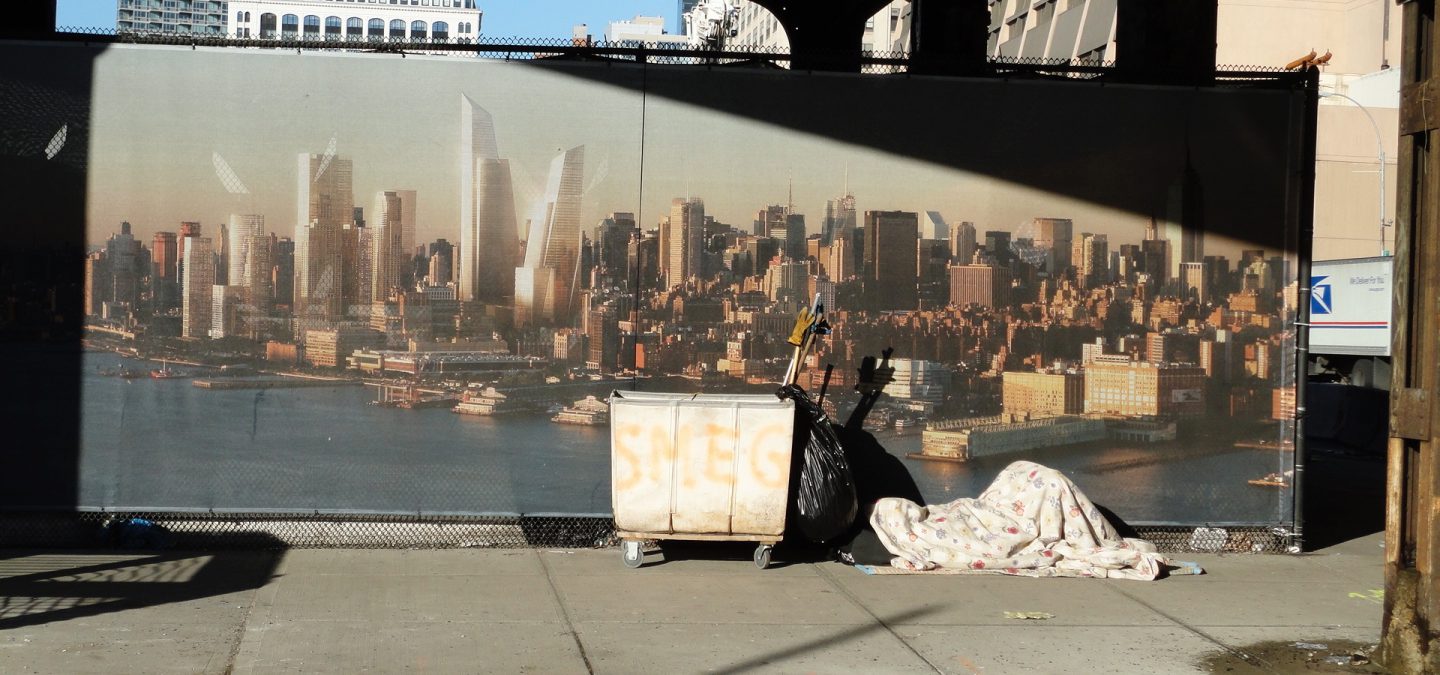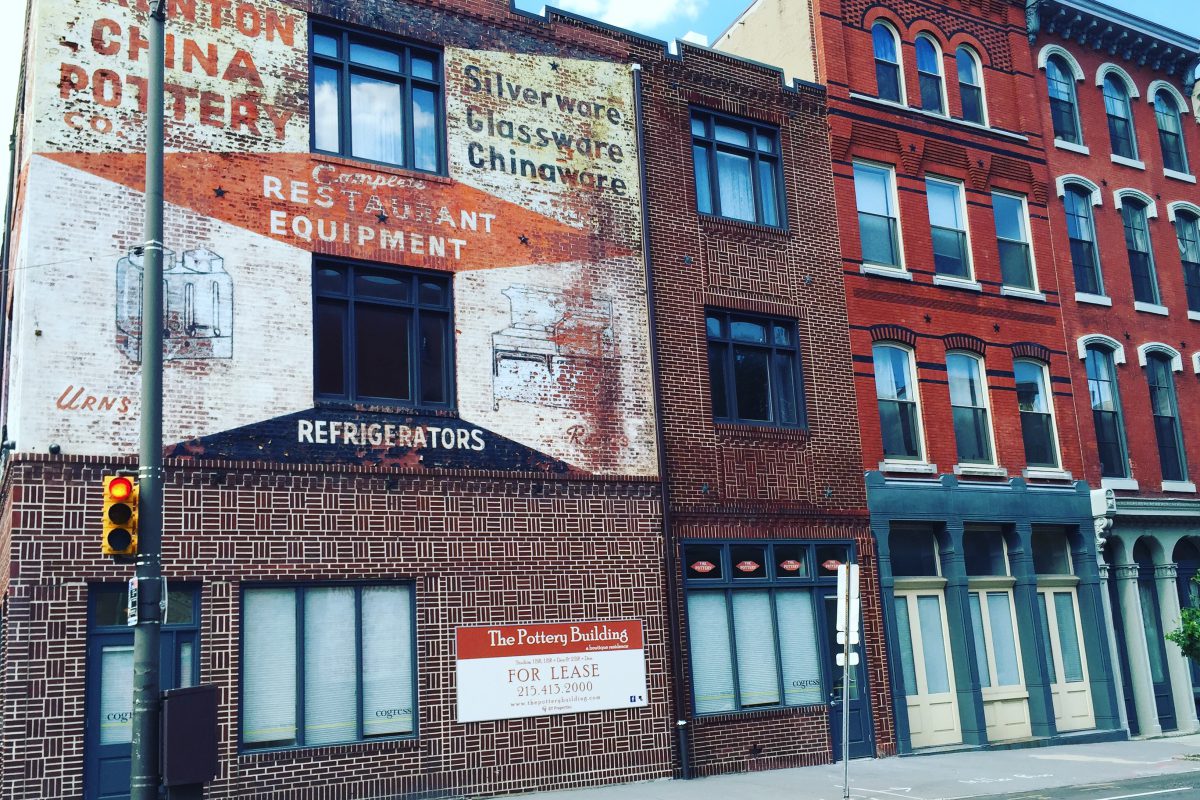
Keep up with our latest news and projects!

Juliet Kahne is a cultural geographer at Projects for Public Spaces (PPS) in New York, one of the world’s leading institutes for public space and placemaking. Juliet was one of the speakers at the Cities for All Conference 2018, which was held in Stockholm during two sunny days in April. The main topic of the conference was concerned with tackling the relationship between gentrification and placemaking. As a follow up on the conference, we decided to pick Juliet’s brain a little more concerning her thoughts about the conference and the topic of gentrification in general.
This is an interesting question. We can always speak of gentrification, particularly when it comes to urban development. But also because gentrification is widespread, not just confined to the inner cities and major metropolitan areas, and it affects individuals, businesses, and especially those in lower to middle income groups. If this problem is not addressed, cities will continue to remain unaffordable for so many, and this could have drastic consequences on the economy, aside from the obvious impact on the livelihoods of inhabitants.
Gentrification has been a concern for decades, but only in recent years have we seen it become the subject of conversation everywhere. Because the cost of housing continues to rise, and wages have remained stagnant, the gentrification process we have been witnessing for decades has intensified.
One of the main problems with the concept of gentrification is that its meaning has become slightly blurred. Gentrification has become everything from a buzzword to a loaded policy term. This does not help the dialogue between practitioners and the community.
Gentrification is the social, cultural and economic upgrading of a neighborhood that results in displacement – the key word here being “displacement”. In my view, there is no such thing as “good” gentrification, because I do not think that people being displaced is a positive thing, for society, for cities, for humanity.
It is not that people and industries believe that displacement is actually a good thing, in fact, often is not an intention to displace people at all. Often the intention is merely to improve or upgrade the neighborhood, and it is this upgrading that creates the complication that is gentrification.
I think what we can say is that, essentially, there is a difference between gentrification and just development. Practitioners need to be aware of this difference. They also need to understand how communities experience those differences. If they do not distinguish between these two then conflicts are inevitable.
A lack of awareness about how development can negatively impact the social and cultural cohesion of existing neighborhoods is often short-sighted, and can come back and bite those doing the upgrading on the behind. And why can it come back to bite them? Because, just as the current market serves those who are doing the upgrading, it can always backfire when a trend does not spark the interest of the public any longer. The best communities often grow organically, from the efforts of a range of people over a long period of time – these cannot be bought, designed and implemented.
 Changing facades in Old City, Philadelphia © Juliet Kahne
Changing facades in Old City, Philadelphia © Juliet Kahne
What stuck out to me during the Cities for All conference, was that despite gentrification being what we now know as a process that is seen in many parts of the world – and in this case something that we were looking at in a European context – the discussion was still very different when looking at the UK and the US vs. the rest of Europe. This is not completely surprising considering that the UK and the US are the two of the most capitalist-focused countries, and have some of the lowest levels of social support for citizens. However, I don’t think this means that gentrification is not happening in European cities like Stockholm . I just think it looks different, and the context is different. I really enjoyed visiting Stockholm, but it was also clear to me that there are a lot of social tensions in the city, and those who weren’t Swedish, or Swedish-looking, appeared to be marginalized.
At the conference, it was exciting to see how much effort is put in improvement of public spaces and their accessibility to everyone. I enjoyed the strong focus on developing tools to address issues and concerns like gentrification and segregation. Not only do I appreciate the acknowledgment and focus on gentrification as an issue we should be discussing with our peers, but also that this was about discussing tools people currently use, and developing better tools to address a range of problems cities are facing. Finally, this conference was about reinforcing a network so that people can better communicate with each other, and share lessons learned from the great work taking place across the continent (and beyond).
If cities, practitioners, and to an extent even researchers, had the proper tools and methods to address gentrification, we’d be moving towards a much better situation. It is fair to say that things are not getting better in terms of housing affordability, nor are we becoming better in protecting those who need support. I do think this was touched upon repeatedly at the Stockholm conference, and that is you can have all of the tools and methods you want to try and tackle gentrification, but what you really need is a sympathetic government that is on the side of, or at least takes into consideration, the potentially displaced. Displacement must be seen as a problem worth solving. Policies that help those who are at risk of losing their housing due to rent or tax increases for example, or businesses that might lose their lease, are important for this discussion. But sadly, we know that sympathetic policies do not generate profit. So in a way, we are stuck.
We must also remember that, aside from economic displacement, there is social and cultural displacement, where people are no longer connected to their neighborhood. In some cases, people might own their homes, or have the benefit of stability and a physical tie to a place, but if they no longer can afford to shop at their nearby markets, or maintain friendships because people have moved away, this creates another layer of a diminishing community. If cities can learn to adopt, incorporate, and protect community assets, and see them as assets in the first place, this could help.
One step forward is to try and achieve a balance – between the need for the protection of communities and the need for profit. Because, whether we like it or not, the need for profit to drive development is not going to go away. With this in mind, it is then about having the right people at the table for conversations about development. How can we continue to grow, change, adapt, and improve places, and keep them affordable for those who live there? How can change take place, while amenities and services that support existing communities are retained? I also ask the question – when and where is change needed? Is it always necessary?
Some people have posed placemaking as a potential tool towards limiting gentrification. Placemaking, like gentrification, is also a term that is understood differently in different contexts. For example, in the UK it is often seen as a much more top-down process of regeneration, whereas in other locations it is seen as a process that focuses on communities being the “expert” on public spaces in a more bottom-up approach to development. It really comes down to the intention of any development process, and who is included in the conversations around implementation. If the placemaking process really has the community at the table, and helps keep the community involved in change, and even better, empowers the community, then placemaking is off to a good start.
From what I have seen, the only successful action that helps prevent or resist, or even just limit gentrification a little, is community activism. Grassroots campaigns. Groups such as Corazon del Pueblo in Los Angeles or Focus E15 in London. People out there in the street, making statements and not backing down. I think there’s a lot of people out there doing great work, and usually, it is local people taking action, organizing, and being loud about what they want to see in their communities. What works? I wish I could tell you. Aside from maybe Community Land Trusts, and people being creative with ways to own and share land. Furthermore, even through a range of efforts to fight gentrification, the fact is that it will take years to know what is working, and where. I think we will know more in the US for example after the next census at the end of this decade.
Community engagement is a solid starting point for involving communities in the design and implementation process of any development or physical change to a neighborhood, and this is where placemaking can help. However, engagement must be done properly, and this is hard work. The right people must be at the table. Because if places are truly being built and designed for an existing community, in a way that the community likes, feels comfortable with, and supports, then to an extent an effort has been made in trying to limit gentrification through, at the very least, a more inclusive process. However, if a place is being built and designed to attract another community, disregarding the wants, needs, and even aesthetic preferences of the original community, then this is instantly contributing to the process. As essentially, this place is not a place being made for them. And the community will see it, and resist it. After all, they are the experts.